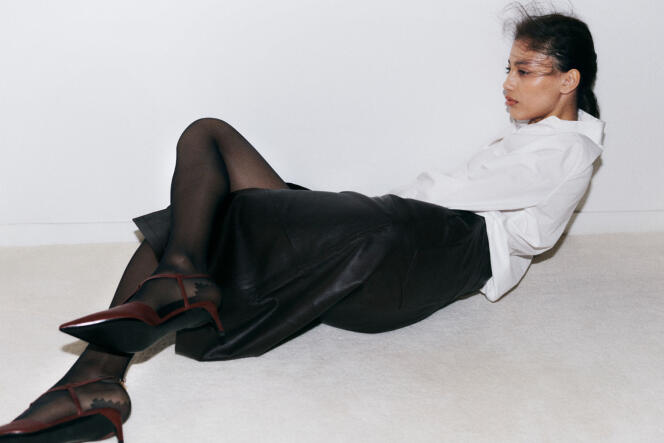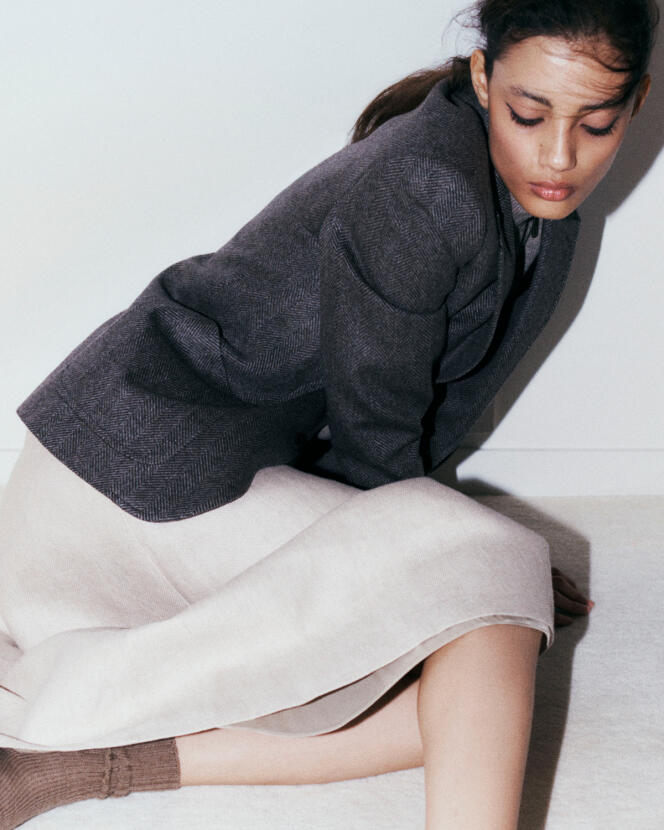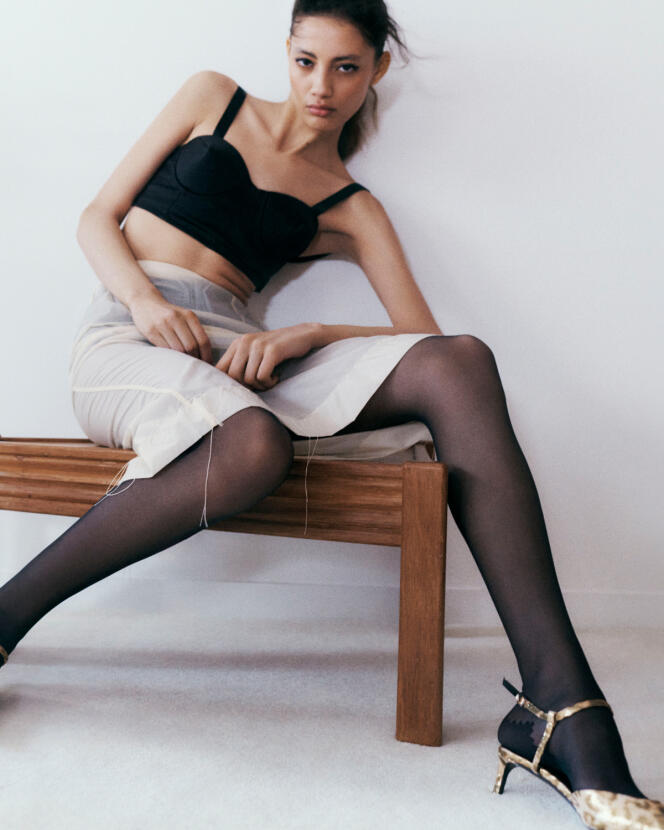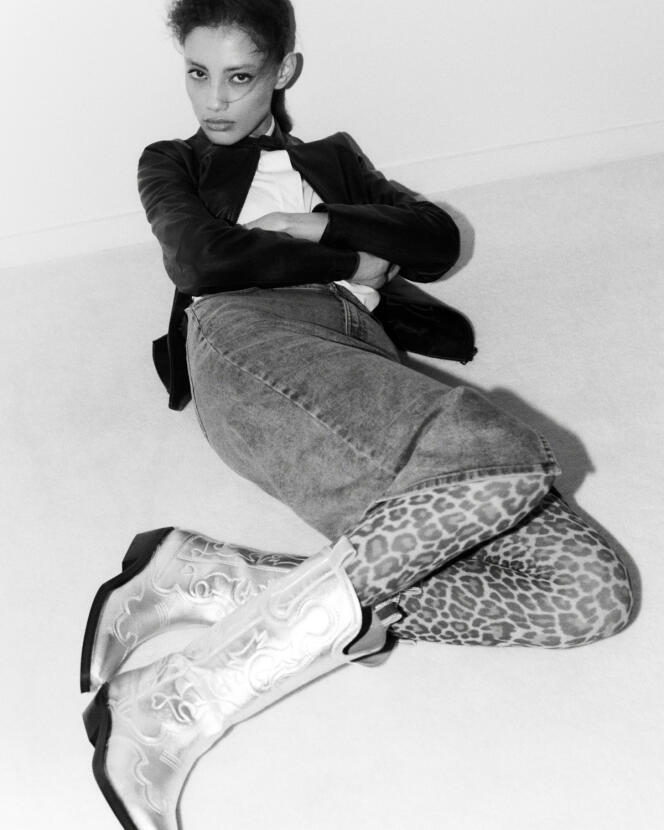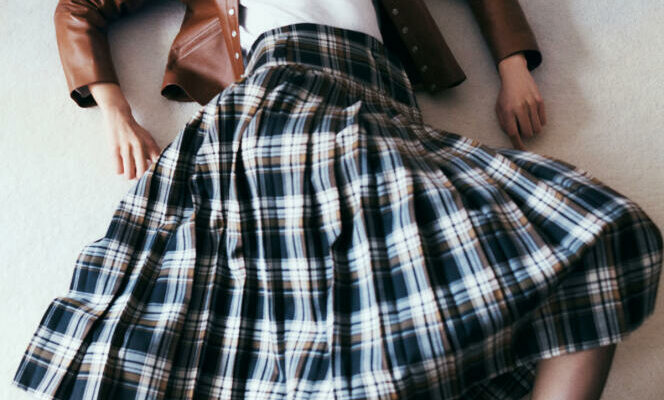En 1970, when, after a short decade of reign of the mini, the skirt returned below the knee level, a large number of young women were dissatisfied. A article of New York Times of September 25, 1970 even reports radicalized groups throughout the United States: SOCK (Save Our Cute Knees), WHIM (Women Happy in Minis), GAMS (Guys-Girls Against More Skirt), or even in Los Angeles, the Pooff (Preservation of Our Femininity and Finances).
The midi skirt appears as “a serious threat to women who like short skirts – or who want to choose between several lengths in stores”, writes Judy Klemesrud, the journalist who follows the protest movement. This is organized in different ways: open letters, petitions, demonstrations, wild cutting of skirts in front of department stores… And even a complaint filed with the Federal Trade Commission, directed against the bible of the fashion sector, the Women’s Wear Daily.
A few months earlier, its owner and editor-in-chief, John Fairchild, decided that from now on, the midi skirt should take the place of the mini. The publication’s influence in the fashion industry is such that manufacturers, buyers and stylists follow it. But not the clients, who organize themselves.
Sensitive subject
Skirt length is a sensitive subject. The hemline began to rise on the eve of the Great War, during which women’s clothing evolved in a practical sense. The skirt went up to the knees during the Roaring Twenties, where the flapper paraded her androgynous silhouette with short hair, a symbol of emancipation. But when, in 1928, in Paris, designers chose to lower the hems, the New York Times already reports the comments of women considering this “backtrack” as “an insidious attempt to return them to the state of slaves”, short skirts being seen as the symbol of hard-won freedom.
The most emblematic garment of the revolution in morals of the 1960s, the mini was emancipatory, at the same time as it imposed new diktats, first and foremost being thinness. Like a jacket turned inside out, fashion can be both an instrument of liberation and a site of domination. “There are skirts and skirts, writes fashion historian Christine Bard in her fascinating What the skirt lifts (Alternatively, 2010). Their style, circumstances, and periods make their meanings vary. As clothing has no intrinsic meaning, it is constantly interpreted, classified as prohibited or licit, labeled feminine or masculine, judged to be provocative or modest. »
And vice versa. At the end of the 1980s, the New York Times once again relates the resistance of women against a new trend: that of the mini, suddenly back on the catwalks and on the front page of specialized titles, Women’s Wear Daily on your mind. “A large number of women had not seen their knees since the 1960s,” writes the journalist, who gives voice to women claiming, again (and always), the freedom to choose their hem.

